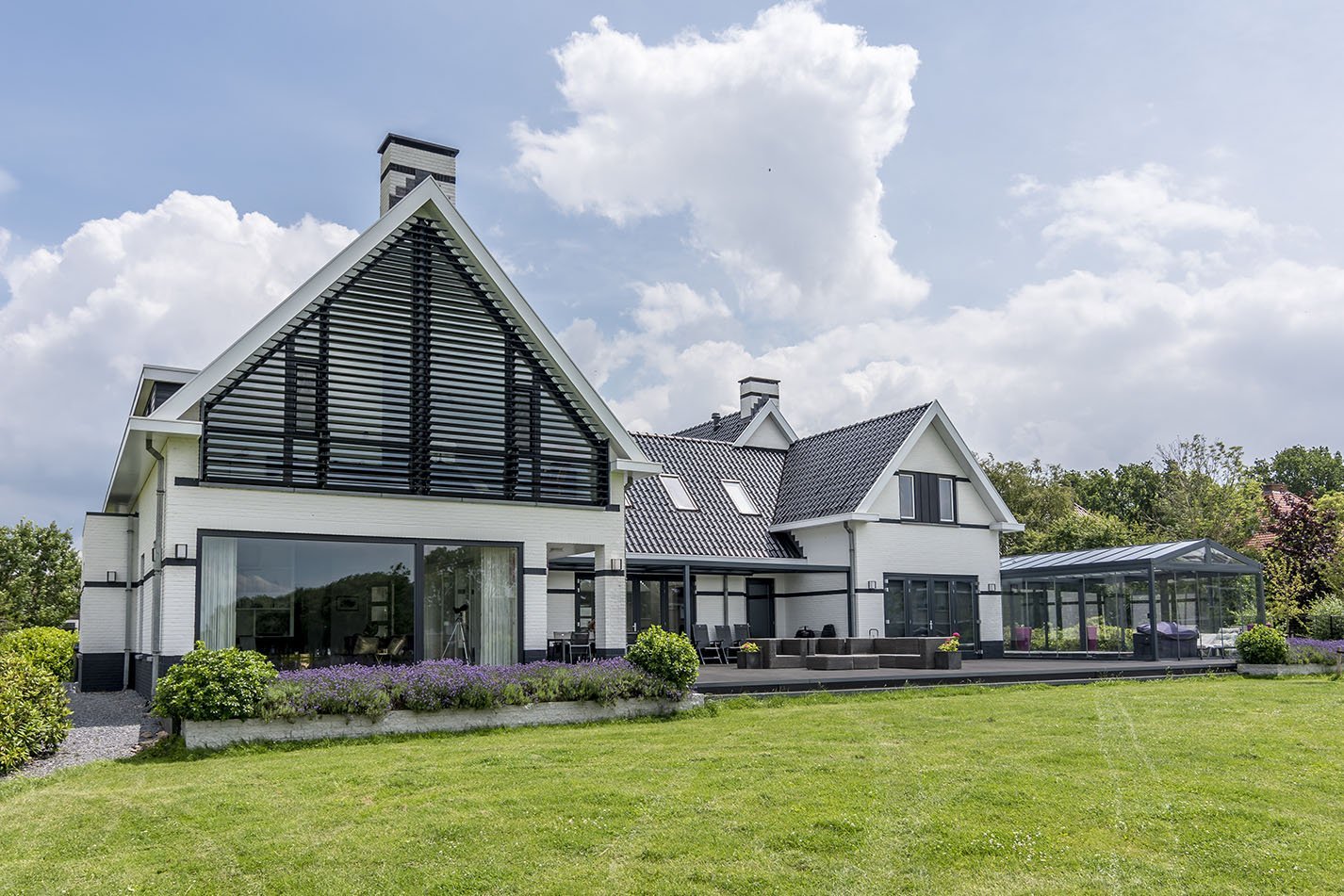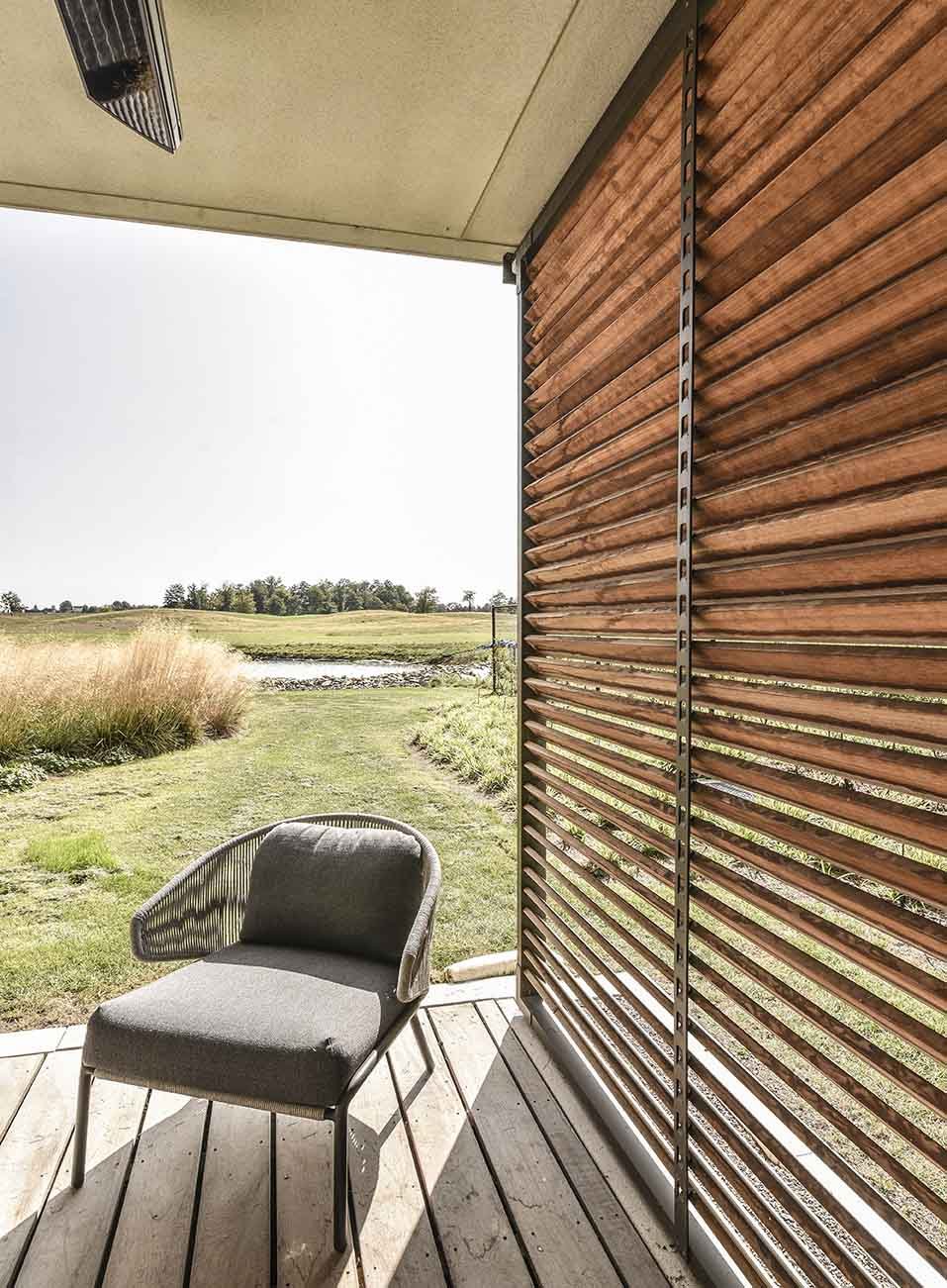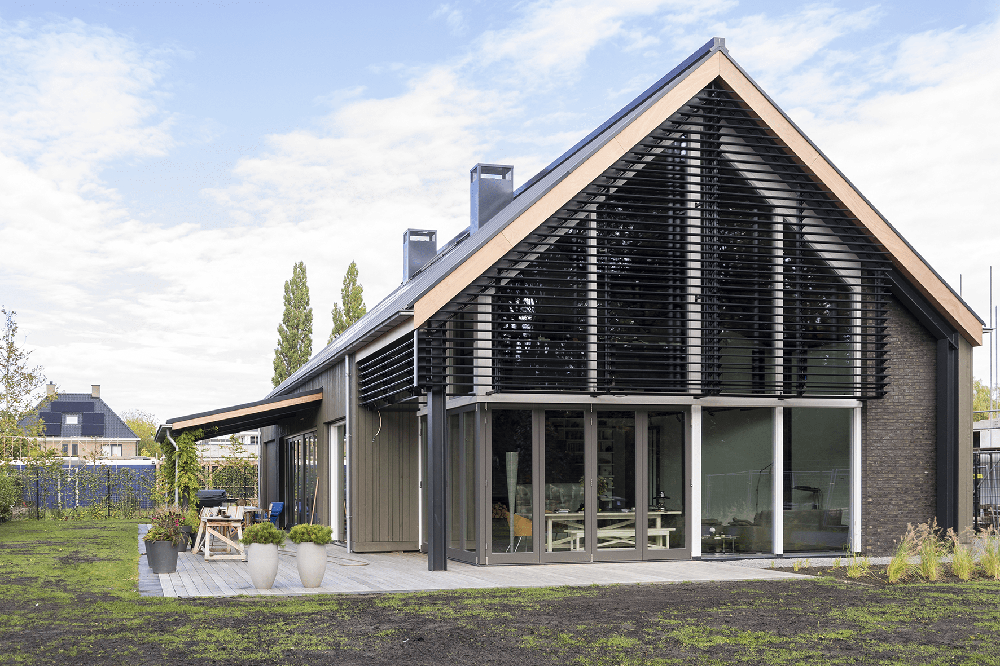How Exterior Shading Can Help Reduce Energy Bills
As temperatures continue to rise due to climate change, keeping homes cool during the summer months is becoming more challenging and expensive. One way to address this issue is to install exterior shading, which can help to reduce energy consumption and lower electricity bills. In this blog post, we will explore how exterior shading can help to reduce energy bills in the UK.
What is Exterior Shading?
Exterior shading refers to any type of shading that is installed on the outside of a building, such as louvres, zip screens, venetian blinds and awnings. Exterior shading is designed to block sunlight from entering the building and can be particularly effective in reducing solar heat gain during the summer months.
How Exterior Shading Can Help Reduce Energy Bills
In the UK, air conditioning is not as prevalent as it is in other countries, so many people rely on fans to stay cool during the summer months. However, fans can only do so much to keep a home cool, and they can be expensive to run for long periods of time. Exterior shading can help to reduce the amount of sunlight that enters the home, which in turn reduces the amount of heat that is generated inside. This means that less energy is needed to keep the home cool, which can lead to lower energy bills.
Another way that exterior shading can help to reduce energy bills is by monitoring the and controlling solar heat gain. Many external shading products can be motorised, making it much easier to control the specific amount of light entering a home, this means you can keep a home warmer in the winter months as well as cooler in the summer months.
Types of Exterior Shading
There are several types of exterior shading that homeowners can choose from, including:
External Window Louvres: External window louvres are a type of exterior shading that consists of a series of horizontal slats or blades that can be adjusted to control the amount of sunlight that enters the building. They are typically made from materials such as aluminium or timber, and are mounted on the outside of a building.
One of the advantages of external window louvres is that they can be adjusted to allow natural light into the building while still blocking direct sunlight, with tiltable louvres you can manage the amount of light whilst still keeping a full view through the window. This can help to reduce solar heat gain and keep the building cool, which can lead to significant energy savings. Additionally, external window louvres can provide privacy and security, as they can be closed to prevent people from seeing inside the building.
External Venetian Blinds: External Venetian blinds are another type of exterior shading that consists of a series of horizontal slats or blades that can be adjusted to control the amount of sunlight that enters the building. Unlike window louvres, Venetian blinds are typically made from materials such as metal or PVC.
One of the advantages of external Venetian blinds is that they offer greater flexibility in terms of controlling the amount of light that enters the building. External Venetian blinds work exactly like internal venetian blinds; The slats can be tilted to allow natural light into the building while still blocking direct sunlight, or they can be fully closed to provide complete shading, unlike external louvres the blinds can be vertically hidden all the way up to the top of your window. Additionally, external Venetian blinds can be automated, allowing them to be controlled via a remote or a smartphone app.
Both external window louvres and external Venetian blinds are effective at reducing solar heat gain and keeping buildings cool, which can lead to significant energy savings. They can also provide privacy and security, and can be customised to fit any size or shape of window or door. Ultimately, the choice between external window louvres and external Venetian blinds will depend on the specific needs and preferences of the homeowner.
Vertical Screens: Vertical screens are another option for exterior shading. They are typically made from fabric or mesh and are installed on the outside of a building. Vertical screens can be manually or automatically operated, and they can be customised to fit any size or shape of window or door.
Awnings: Awnings are one of the most popular types of exterior shading. They are typically made from fabric and can be manually or automatically operated. Awnings can be attached to the exterior of a building, and they can be customised to fit any size or shape of window or door. Awnings help reduce heat gain particularly for large patio glazing and home extensions.
The primary benefits of exterior shading are:
Energy Efficiency: By blocking sunlight from entering a building, exterior shading solutions can help reduce the amount of heat gain and lower cooling costs during hot weather. This can result in energy savings and a more comfortable living or working environment.
Health Benefits: Exposure to sunlight can cause skin damage and increase the risk of skin cancer, and excessive sunlight and heat can also lead to dehydration, heat exhaustion, and other health issues. Exterior shading solutions can help protect against these risks by blocking harmful UV rays and reducing the amount of heat that enters the building.
Aesthetics: Exterior shading solutions can enhance the look and style of a building or home, adding curb appeal and value. They can also provide a more comfortable outdoor space for entertaining, relaxing, or dining.
Conclusion
Exterior shading is a cost-effective and energy-efficient way to keep homes cool during the summer months. By reducing solar heat gain and reducing the need for air conditioning and fans, homeowners can save money on their energy bills and reduce their carbon footprint. With a range of options available, homeowners can choose the type of exterior shading that best suits their needs and budget.
We hope you found this article useful. For more information on how our external shading products can provide you with long term energy savings please get in touch with us.
Here are some of our top sustainable and innovative exterior shading products you may want to consider for your home shading solutions…
Tiltable Louvres
Exterior louvres are a beautiful feature for new build homes. They provide unique light and shading control…
Vertical Zip Screens
Vertical screens are a proven, effective way of reducing internal heat gain and are ideal for large glazed patios
MicroLouvre® Screens
Provide exceptional heat gain reduction, directional light diffusion and glare control. Designed to be installed onto the building’s facade, MicroLouvre® helps diffuse sunlight before it enters the space.
Awnings
Our range of beautiful awnings are designed for keeping your home cool to enjoying al-fresco dining. We supply and fit patio, vertical and conservatory shading solutions.














